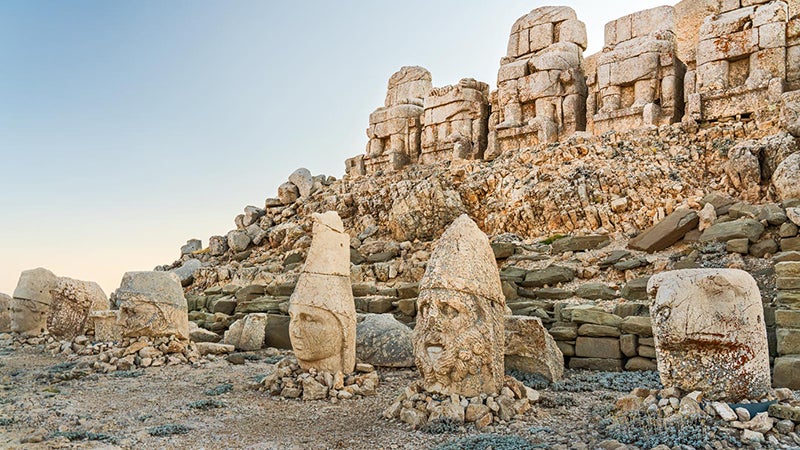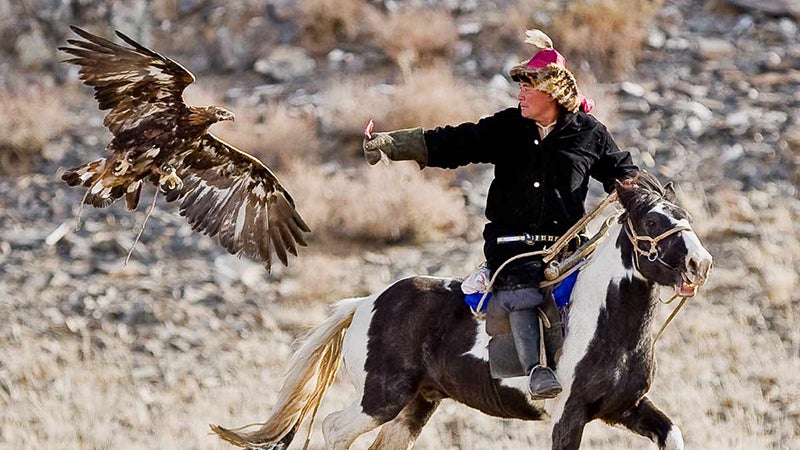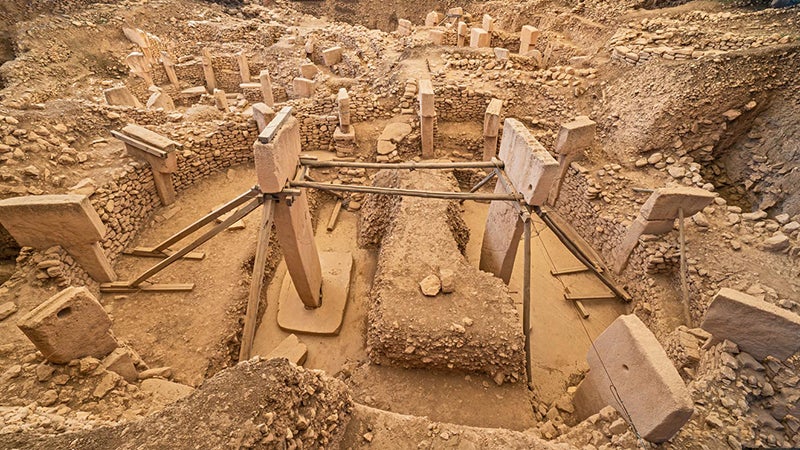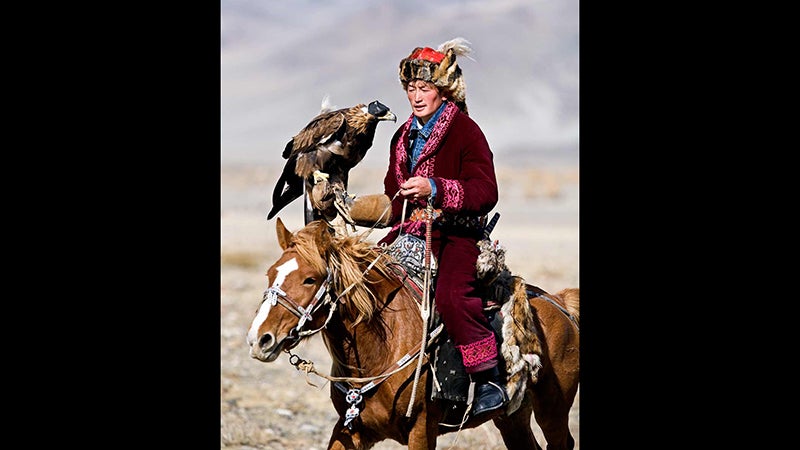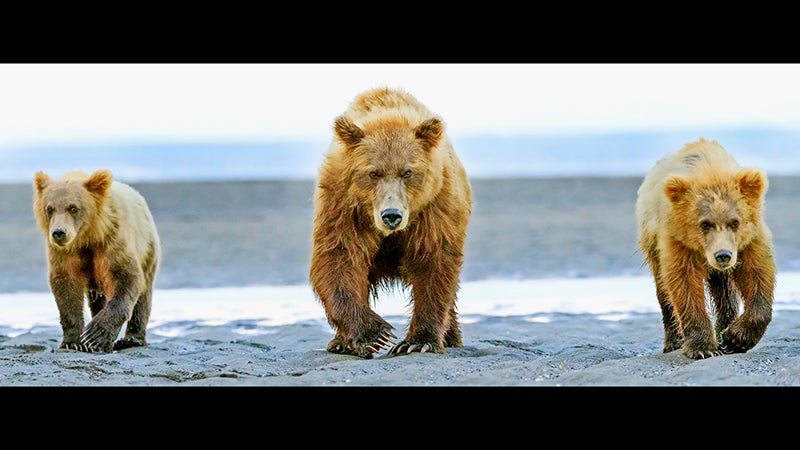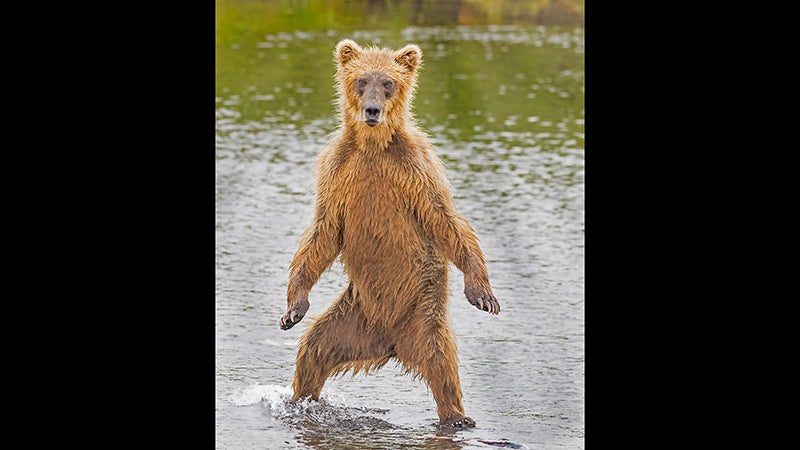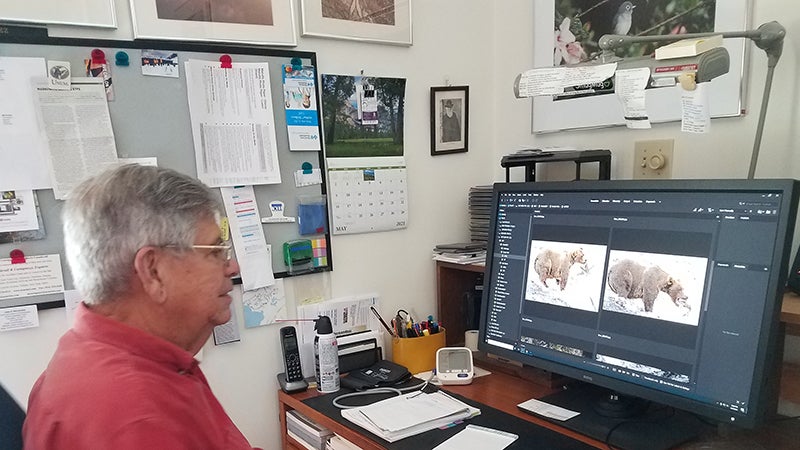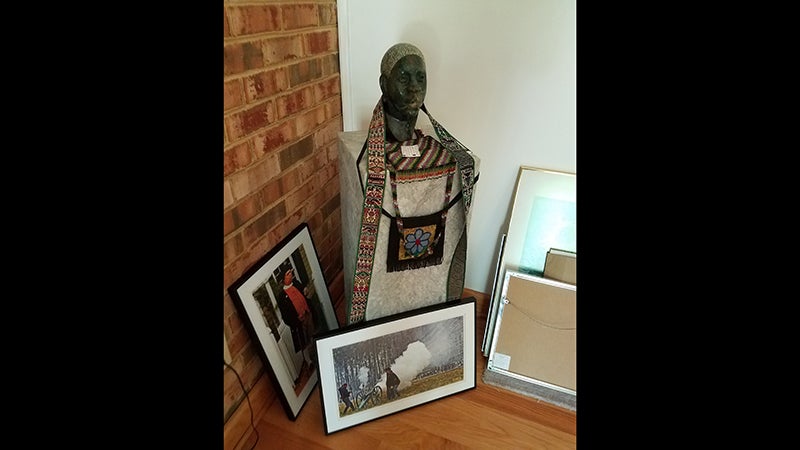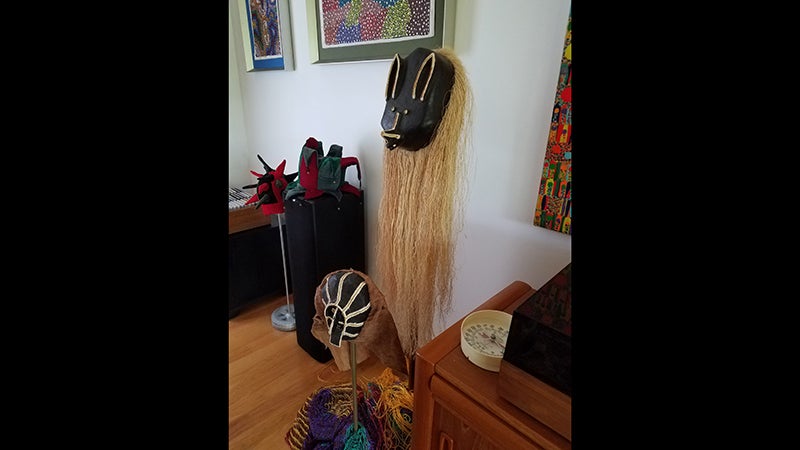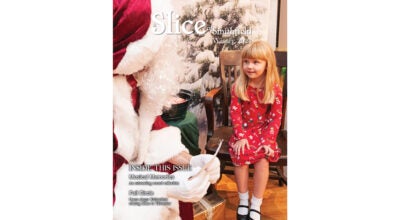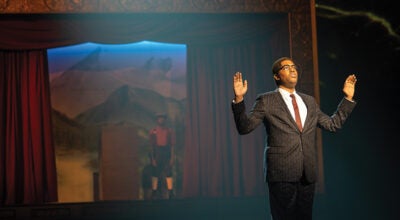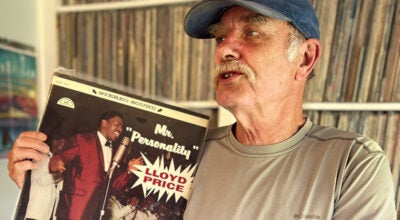‘I like to go places’
Published 3:51 pm Wednesday, July 28, 2021
Jose Hernandez has traveled the world
Being a wildlife photographer isn’t without its risks.
Jose Hernandez recalls positioning himself to photograph a group of bears on an Alaskan beach some years back when they began walking toward him.
“I just laid down on the ground, laid down and I didn’t move, and they just came straight at me,” he said, pointing to a photo displayed on the custom-built gaming computer he uses to store and edit images in his Carrollton home.
The bears ended up just passing him by, allowing him to capture several up-close images of them in their natural habitat.
“I am not afraid of animals … that’s what I do it for, the thrill, you know,” he said.
When photographing cubs, “sometimes they come and they rub on your feet and your leg,”
Hernandez said. “You don’t want that to happen … because they’re wild animals, you know, and the mother might get upset, and then you’re in trouble.”
In 2008, a few years before his Alaska trip, he traveled to Mongolia, where he had the opportunity to photograph wild horses in the Gobi Desert.
“I have never had much interest in horses, never cared about horses, but once I saw these … I like horses now,” he said.
There, he traveled alongside caravans of people on camels down the Silk Road, an ancient network of trade routes through Asia that some Mongolians still use. His destination: the Golden Eagle Festival, an annual hunting contest where Mongolians dress in traditional Kazakh regalia and use specially-trained eagles to catch small animals such as foxes or rabbits.
That trip “was the hungriest I’ve ever been in my life, and the coldest I’ve ever been in my life,” Hernandez said.
But asked why he’d voluntarily travel to such inhospitable and potentially dangerous locales, Hernandez answered easily.
“I like to go places,” he said.
But he’s never taken a photography class, nor does he consider himself a professional.
“If I start doing it for sale, it just becomes work,” he said.
He remembers the exact camera with which he began his hobby: a Miranda Sensoret. It produced images on 35-millimeter film.
Over the past 30-plus years, he’s traveled to more than 100 countries, mostly in Africa and South America, and expanded his subject matter from animals to architecture.
He’s particularly fascinated by structures of the several-thousand-year-old variety, which is why he one day hopes to see Iraq, Iran and Afghanistan. But he’s holding off on those trips until the political situations in those nations become more favorable for international travel.
In 2019, he traveled to Turkey. There, he photographed writing on a rock that’s about 3,000 years old, which describes a king making an alliance with an emperor, and the cave where Abraham of the Bible is said to have been born. He also visited and photographed Göbekli Tepe, a Stone Age archaeological site that dates back more than 10,000 years and predates Stonehenge.
“Turkey is quite an amazing place,” he said.
But due to the COVID-19 pandemic, he hasn’t been overseas since February 2020. He’d been planning trips to India and Nepal last year, both of which got canceled. Prior to the pandemic, he’d been spending about 60% of his time abroad. He’s just started traveling again domestically, having recently returned from trips to Texas and New Mexico.
And he’s brought more than just photos back from his travels over the years. In one room of his house, which he’s essentially turned into a miniature private museum, sits his collection of African and South American tribal art.
Mounted on one wall above the room’s doorway is a winged mask intended to be worn by an African warrior.
“When the king went out in the village, one of his warriors went ahead of him with this mask … so with wings it would pull the people to the side so he can go through,” Hernandez explained.
In a corner is a wax mask made with charcoal from Venezuela, specifically Angel Falls, intended to represent a bat deity and be worn by village priests.
“Whatever you find now, they’re basically fakes,” he said, but the artifacts he purchased decades ago are real.


